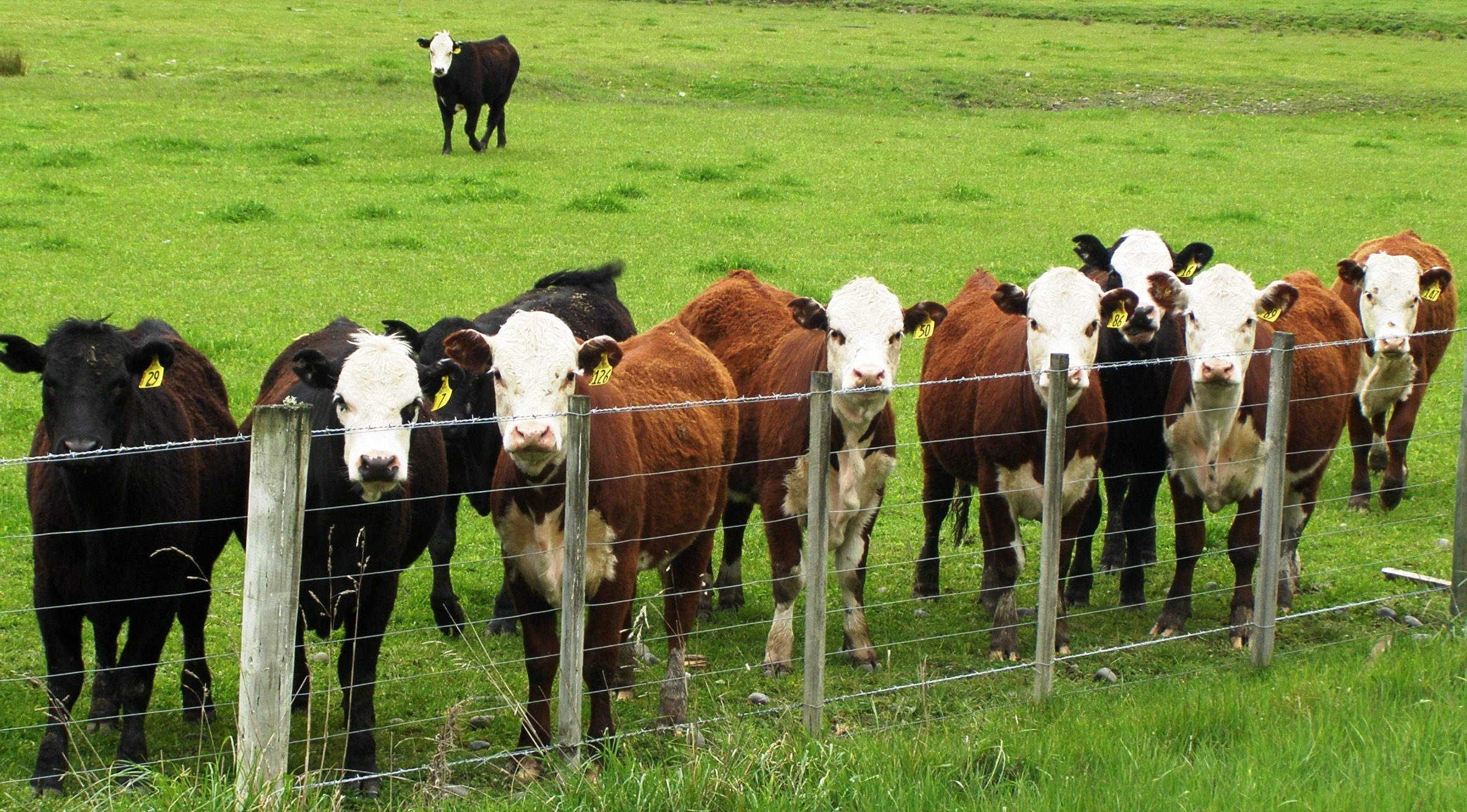Trading is always a measured risk and best guess scenario. We use the tools and information we have access to in an attempt to predict future market direction and magnitude. This must be balanced against the risk and then the odds, along with the risk and reward scenario must be calculated to determine if the trade is worth taking. Every once in a great while multiple forces align themselves and make the task of calculating variables much easier. This is the current situation in the lean hog futures where fundamental, technical and seasonal factors have all combined to put a halt on this market’s rally and set the market up for a profitable short position based on declining hog prices over the next two weeks.Trades lasting more than a day or two require a proper assessment of the lay of the land. This means starting with the fundamentals. The greatest fundamental impacts on hog prices are the price of corn and Chinese demand. The high price of corn over the 2012 crop year did cause breeding sow numbers to decline. However the increase in hog prices due to Chinese demand was enough to allow farmers to hold on to breeding sows that in normal years would’ve been sent to liquidation. Research from Purdue University showed that, “increased lean hog prices combined with lower feed costs have translated into reduced losses of about $30 per head - about 40 percent coming from the lower feed prices and 60 percent from higher lean hog futures.”The equation of measuring herd sizes, slaughter rates and feed prices is better left to the professionals and universities. The end result of their analysis is their actions in the markets. Tracking their buying and selling as well as their magnitude provides a single variable that can be measured against price. This simplified equation of the degree of commercial trader buying or selling relative to the current market price can be tracked through the Commitment of Traders Reports published weekly by the Commodity Futures Trading Commission. Commercial traders have sold more than 20,000 hog futures contracts since the end of September. Clearly, the commercial traders see their market as currently over-valued.Seasonally, hogs are coming into their weakest period of the year. Hogs tend to slow down in the heat of summer. They feed less. They breed less and their prices tend to rise. Moore Research has shown that hog prices tend to decline dramatically during the first two weeks of December. This follows the end of summer and the expiration of consumer demand once the packers have stocked the stores for the Holidays. Moore Research has shown that hog prices have declined during the first two weeks of December in each of the last 15 years by an average of 4.15% for an average profit of $935 per contract. Their numbers provide an estimated target of 82.45 in the February lean hog futures while the average ending price provides an outside target of 60.00. Perhaps a weighted average is a better yardstick due to the structural change in the Chinese demand growth. This makes 74.50 a more likely outside target.Technically speaking, the hog market set itself up for a perfect reversal. The hog market has rallied nearly 15% since making the September lows and spent most of last week churning near the highs. Monday’s trade brought an outside bar along with a close in the bottom 10% of the day’s range. Psychologically, this meant that the market tried to move higher and couldn’t which resulted selling pressure as weak longs were flushed out of the market once it breached its lows from the previous week. The close in the bottom 10% of the range after an outside day is a textbook reversal pattern from the Larry Connors book, Street Smarts. Linda Raschke, a well-known trader specializing in quantitative analysis, developed this strategy. This forecasts lower prices ahead based on her work.The markets rarely provide traders with this many clues to future direction or opportunity. Frankly, traders with enough experience may simply consider this a very well baited trap. Therefore, risk controls must always be put in place. There’s no telling when a seasonal pattern may not hold true and there’s no point wasting years’ profits on stubbornness. Protective buy stops will be placed above the reversal bar’s high at 87.775. Profits will be taken at a minimum target of 82.45 the average decline or, December 18th, the end of the seasonal weakness.
This blog is published by Andy Waldock. Andy Waldock is a trader, analyst, broker and asset manager. Therefore, Andy Waldock may have positions for himself, his family, or, his clients in any market discussed. The blog is meant for educational purposes and to develop a dialogue among those with an interest in the commodity markets. The commodity markets employ a high degree of leverage and may not be suitable for all investors. There is substantial risk of loss in investing in futures.





